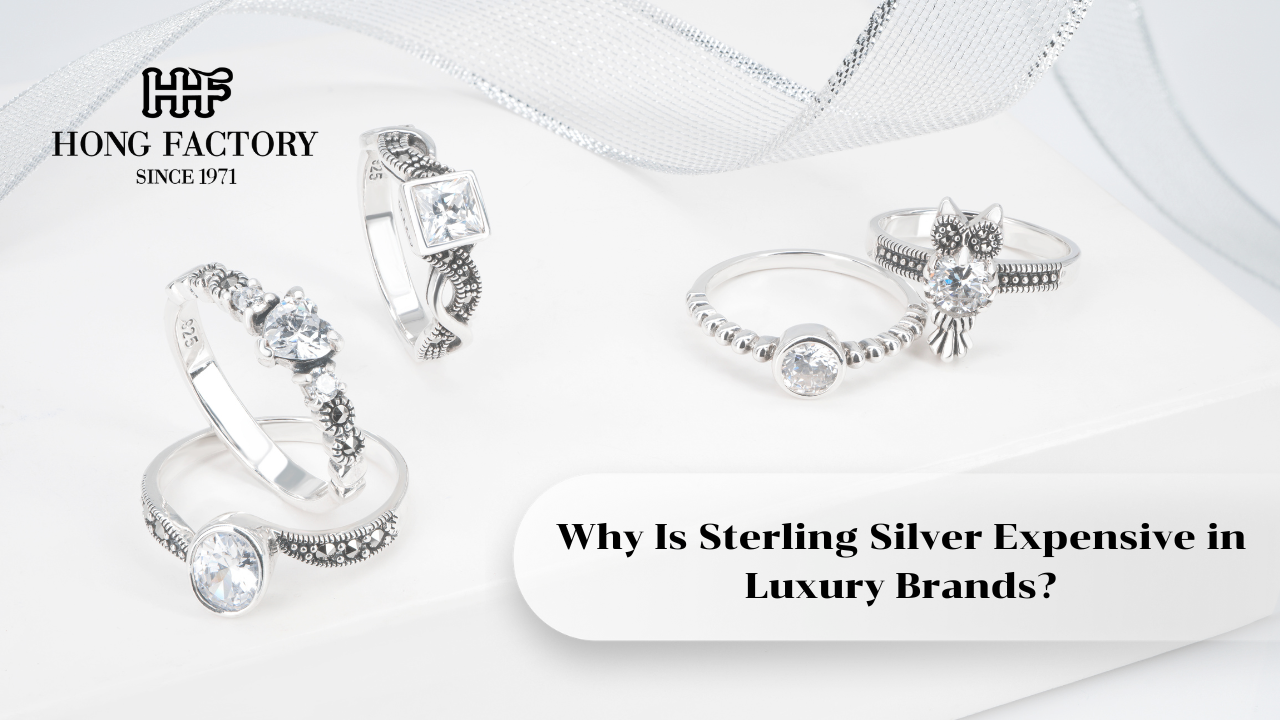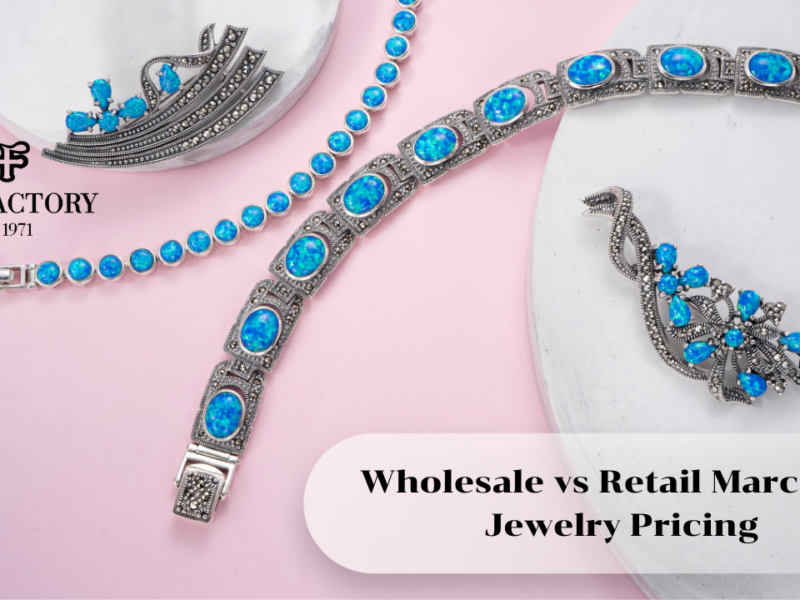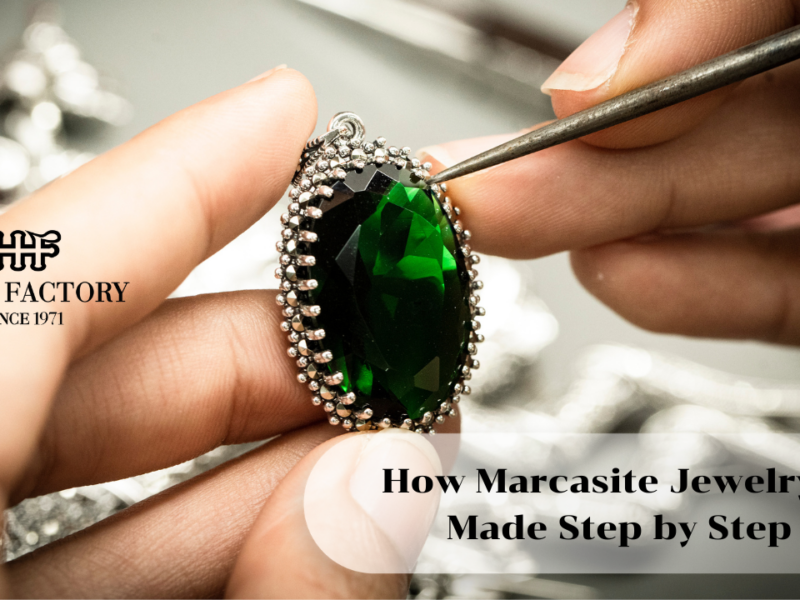Sterling silver has always been a symbol of elegance and refinement, cherished by jewelry lovers across generations. Although it is less costly than gold or platinum, it often carries a premium price tag in luxury brands. Many people wonder why is sterling silver expensive when sold under high-end names? The answer lies in superior quality, meticulous craftsmanship, brand prestige, and timeless design. Marcasite stone
What Is Sterling Silver?
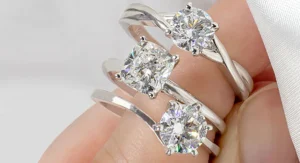
Sterling silver is composed of 92.5% pure silver and 7.5% copper or other strengthening metals. This perfect balance gives the metal durability while maintaining its characteristic bright luster. Authentic sterling silver is marked with the “925” hallmark, guaranteeing its purity and quality.
Luxury brands favor sterling silver for its versatility it can be molded into bold statement pieces or minimalist designs while retaining an aura of sophistication. Its ability to complement both gemstones and enamel makes it a key material for high-end collections.
Is Sterling Silver Expensive?
The question “Is Sterling Silver Expensive” becomes more relevant when discussing luxury jewelry. While sterling silver is not as rare as gold or platinum, its price within luxury brands is elevated due to the artistry, exclusivity, and branding that accompany each piece.
Key factors that make sterling silver expensive in luxury brands include:
- Premium quality: High-end jewelers use only the finest-grade silver with flawless finishing.
- Brand prestige: The name behind the jewelry adds significant perceived value.
- Artisanal craftsmanship: Each piece is handcrafted or hand-finished to perfection.
- Design innovation: Luxury designers invest in unique, creative concepts that become collectible works of art.
- Limited production: Many luxury collections are made in small quantities, increasing rarity.
Thus, even though the raw material may not rival gold in cost, the final product’s craftsmanship and exclusivity justify its higher price.
The Role of Craftsmanship in Luxury Silver Jewelry
Luxury sterling silver jewelry is distinguished by the amount of care and expertise put into its creation. Skilled artisans polish, sculpt, and finish each piece by hand to achieve a flawless result. Unlike mass-produced silver items, luxury pieces often require multiple stages of refining and inspection.
Techniques such as engraving, gemstone setting, oxidizing, and enamel detailing all add to the cost. For luxury houses, quality is paramount, and each piece must meet rigorous aesthetic and durability standards before reaching the customer.
Design and Innovation
In luxury brands, sterling silver jewelry is not just an accessory it’s a statement. Designers combine classic elegance with modern innovation to create unique styles that appeal to discerning customers. The investment in design development, prototyping, and branding significantly contributes to the overall cost.
Whether it’s a sculpted bangle, a polished necklace, or a gemstone-embedded ring, sterling silver in luxury brands is designed to stand out. These pieces are often inspired by art, nature, or heritage, adding emotional and cultural value that mass-market jewelry cannot replicate.
Sterling Silver vs. Standard Jewelry
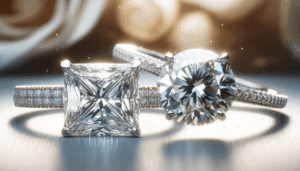
When compared to regular sterling silver jewelry, luxury-brand silver stands apart due to its finish and exclusivity. While both use the same base metal, luxury houses enhance their products through:
- Refined polishing and plating to prevent tarnish.
- Better design balance that ensures comfort and longevity.
- Quality gemstones or enamel work that accentuate craftsmanship.
- Packaging and presentation that elevate the overall luxury experience.
This attention to every detail from the design table to the final box makes luxury sterling silver jewelry a class of its own.
Brand Value and Consumer Perception
A major reason sterling silver is expensive in luxury brands lies in consumer psychology. When people purchase from brands like Tiffany & Co., Cartier, or Bulgari, they are not only buying jewelry but also acquiring prestige and heritage. The brand’s reputation, history, and design signature contribute to the perceived value.
Luxury brands also invest heavily in marketing, storytelling, and presentation. Every advertisement, logo, and boutique experience reinforces exclusivity, further increasing what customers are willing to pay.
Longevity and Collectibility
High-end sterling silver jewelry is designed to last a lifetime. Luxury brands use advanced anti-tarnish treatments and precision engineering to ensure durability. Over time, these pieces often become collectible items, especially when part of limited-edition or iconic collections.
Because of their artistry and association with world-renowned designers, luxury sterling silver pieces can appreciate in value, becoming heirlooms passed down through generations.
Why Consumers Invest in Luxury Sterling Silver
Buyers choose sterling silver from luxury brands not only for its beauty but also for the emotional and symbolic value it carries.
Reasons people are willing to pay premium prices include:
- Trust in quality and authenticity.
- Emotional connection to brand heritage.
- Timeless appeal and long-lasting design.
- Exclusivity of limited collections.
- Resale or investment potential.
For these reasons, luxury sterling silver jewelry remains a preferred choice among collectors, fashion enthusiasts, and those seeking meaningful gifts.
While sterling silver is not the rarest of metals, its value in luxury brands lies far beyond its composition. The meticulous craftsmanship, unique design, and brand prestige elevate it into a category of timeless luxury. Each piece represents a blend of tradition, innovation, and artistry that transcends material worth.
So, the next time you see sterling silver in a luxury store, remember you’re not just paying for silver; you’re investing in craftsmanship, design legacy, and a piece of history that will shine for generations to come.
